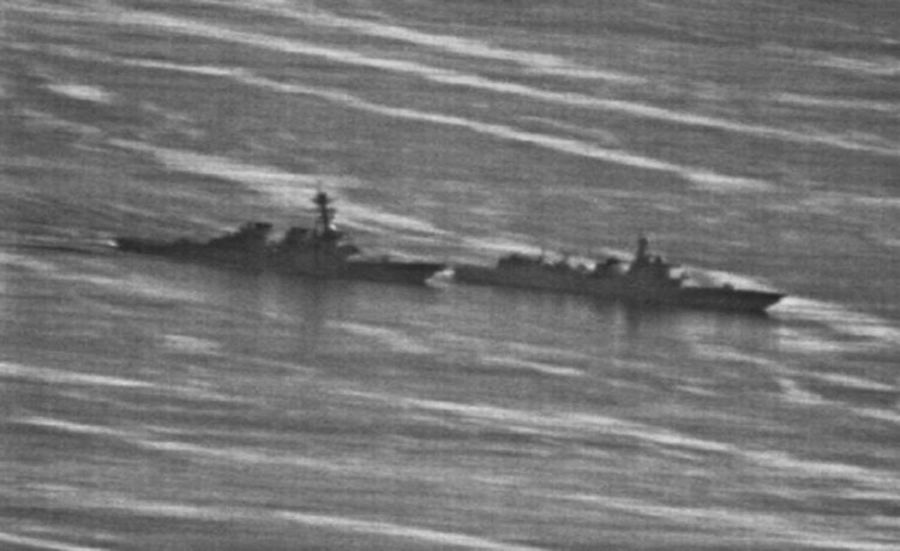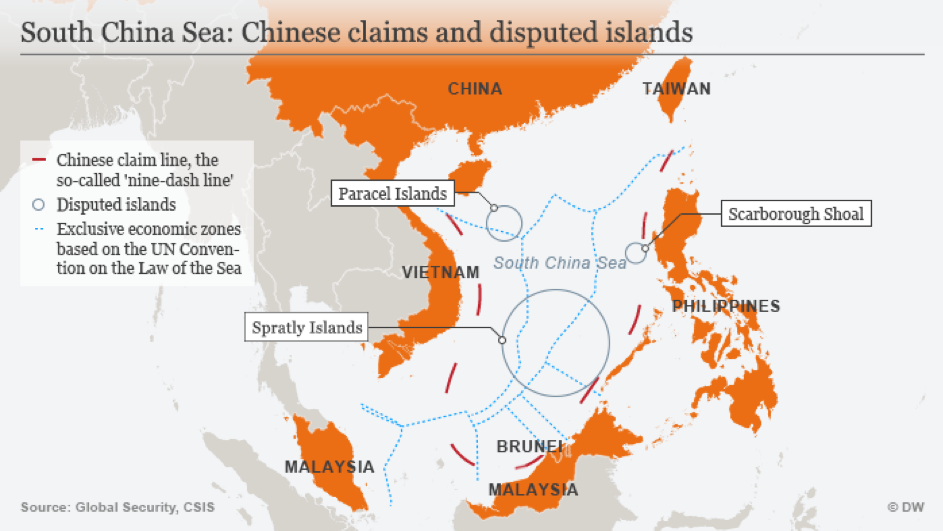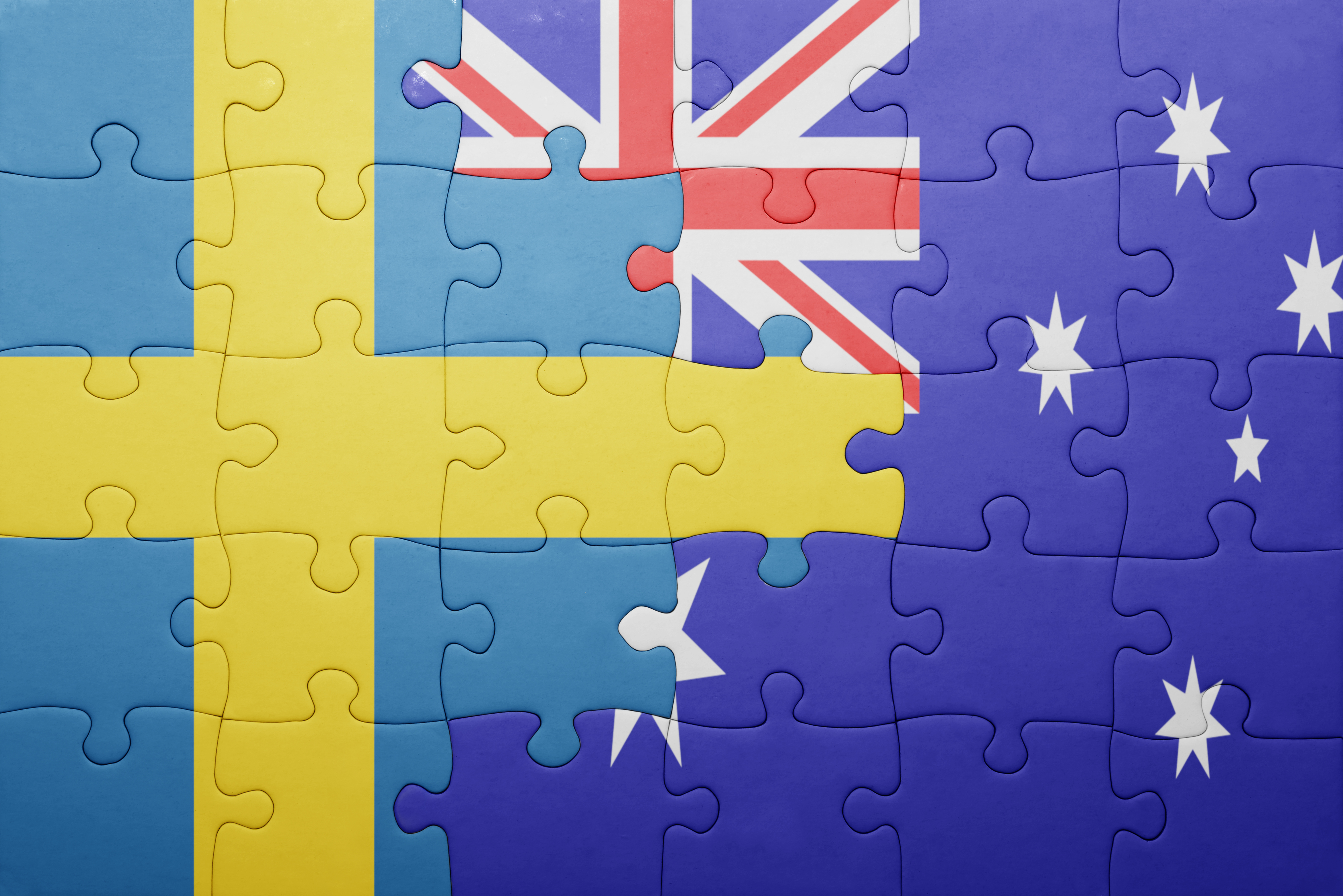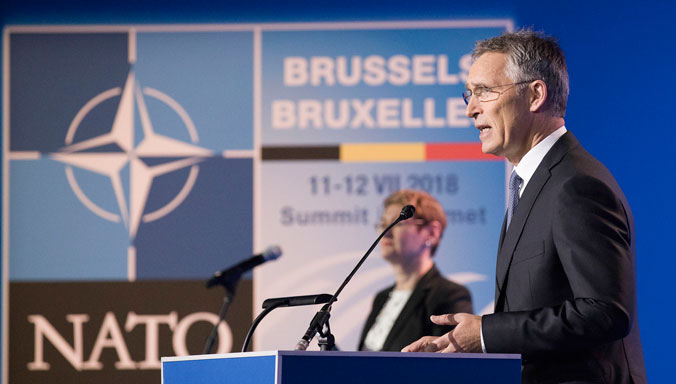by Tom Harper

In the eyes of the modern world, Maoism is a relic of a more ideologically divided world and of a China that no longer exists. Nevertheless, the ideas and strategies of Mao continue to have a direct and indirect influence upon a diverse array of actors, ranging from the insurgent movements of the post-colonial world to post-Cold War Chinese foreign policy strategies. Here, followers of the strategies devised by Mao and his German-educated strategist, Zhu De, are inspired by their combination of Marxist ideology and the maxims from Sun Tzu’s The Art of War. They applied these strategies to a China described by Mao as ‘half colonial, half feudal’[1], far removed from Marx’s original prognosis.
Prior to Mao’s leadership, China’s communist movement followed a strategy more in keeping with those of the Russian Bolsheviks, with cadres going to the Soviet Union for study. The most prominent of these were known as the ‘Twenty-Eight Bolsheviks’, who were guided by advisors from the Soviet Comintern. As a result of several strategic blunders in their rebellion against the nationalist KMT under Chiang Kai shek, which concluded in the Long March to Yan’an, Mao and Zhu were in a position to apply these strategies.
Mao and Zhu’s strategies were characterised by three main phases. The first phase involved sending party cadres to the rural, isolated areas of China, which were often ignored by the KMT, which drew its support from the smaller urban class. Unlike the Bolsheviks’ focus on the industrial proletariat, Mao saw the Chinese peasantry, which made up around eighty per cent of China’s population, as the driving force of communism in China. To do so, these cadres sought to mobilise popular support through measures such as land reforms. These proved to be succesfull with a Chinese peasantry that had long been exploited by the feudal land-owning classes[2]. Over time, the communists were increasingly viewed as more capable administrators than the KMT, with the Chinese peasantry seeing the latter as corrupt and inefficient[3].
Through these measures, the Chinese communists had effectively created a parallel government in China’s agrarian provinces, in a manner similar to the earlier Taiping Heavenly Kingdom of Hong Xiuquan[4]. This made the KMT increasingly irrelevant to the lives of the Chinese peasantry which undermined Chiang Kai-shek’s rule.
The military aspects of Mao and Zhu’s strategies came in the second and third phases of these strategies. The former involved utilising guerrilla tactics against stronger opponents, such as the KMT and the Japanese, to build support, and to acquire resources while the latter came in defeating the KMT through conventional warfare. In doing so, the CPC was able to preserve their forces while the KMT bore the brunt of the Japanese invasion. As a result, the CPC was better placed for the continuation of the Chinese Civil War after Japan’s surrender. In returning to Sun Tzu, Mao and Zhu used the maxim that ‘supreme excellence consists of breaking the enemy’s resistance without fighting’ to defeat a conventionally stronger opponent. It was this maxim that had wider consequences as the new communist government sought to export its vision to the post-colonial world.
To China’s communist rulers, the largely agrarian post-colonial nations resembled pre-revolutionary China, which made it ripe for their efforts to replicate their earlier successes[5]. This came through assistance to the numerous anti-colonial movements battling the European colonial powers that had been damaged by the Second World War. China’s bid to become the vanguard of communism in the developing world clashed with those of the Soviet Union, which also sought to promote its own vision of communism. This became more pronounced with the Sino-Soviet Split of 1963 and there were often clashes between rival communist movements supported by Beijing and Moscow, such as the Angolan Civil War, where the Maoist UNITA battled the Soviet-backed MPLA.
It was the conflicts of the post-colonial world that drew attention to Maoist strategies from those who sought to combat it. The earliest example of this was the French officer, David Galula, who witnessed the first phase of these strategies as a prisoner of the Chinese communists. After his release, Galula attempted to deploy these strategies against the anti-colonial movements throughout France’s overseas territories in a bid to deprive these movements of their local support.
While France failed to retain its colonies, Galula’s Maoist-inspired strategies caught the attention of American counter-insurgency planners who found themselves in the midst of the Vietnam War. Like the Chinese communists before them, the National Liberation Front built support by mobilising the Vietnamese peasantry dissatisfied with the corrupt rule of the American-backed South Vietnamese government. This influence was particularly notable in the Strategic Hamlets programme which replicated Galula’s earlier efforts in Algeria.
The Vietnam War was a case of where Maoist strategies influenced both insurgent movements and those who sought to combat them. Ultimately, the Vietnamese communists were able to prevail over their stronger American foe by destroying its will to fight, as demonstrated by the fallout from the Tet Offensive in 1968. Nevertheless, it was this pattern that would continue even after the Cold War.
With the end of the Cold War, Maoist strategies continued to maintain a degree of influence, the most visible of this being the groups within the developing world that still identified themselves with Mao’s ideas. The most successful implementation of this was the overthrow of Nepal’s feudal monarchy by the Nepalese Communist Party in a manner eerily reminiscent of China’s own revolution, which once again came through the mobilisation of the Nepalese peasantry.
Maoist strategies also found a new audience in the midst of the War on Terror. Just as these strategies had influenced Galula’s theories on counter-insurgency, American strategists, such as David Petraeus, invoked Mao and Zhu’s theories to justify the study of the non-military dimensions of warfare with the irregular conflicts in Afghanistan and Iraq. This continued the influence of these strategies on both insurgent movements and their opponents.
The most unexpected manifestation of Maoist strategies has been in Chinese foreign policy itself. During the Cold War observers, such as John Cooley, warned that China’s strategies in Africa were aimed at expelling the United States from the continent. In so doing, these attempts would turn Africa into a ‘major revolutionary outpost’ in a Sino-centric world where the US was largely irrelevant[6]. Cooley’s warnings are eerily reminiscent of later fears of Chinese influence in Africa and echoed the first phase of Mao’s strategies applied on a greater scale.
Ironically, this would come to pass, not through Chinese moves, but rather through the disinterest in Africa in the post-Cold War era[7]. As a result, China exploited this development to capture hearts and minds in the developing world, which had often been ignored by the major powers. As a result, China has become an integral feature of the economic landscape of these nations, which has made it more relevant to the governance of these nations. It is this template which China has deployed to the wider world.
In addition, China has also built a parallel international order, through institutions such as the BRI, SCO and AIIB. These institutions shadow more established American led bodies, such as the IMF and NATO, which has seen the emergence of two competing forms of global governance just as China had been fought over by two rival governments. From this, one can infer that Chinese strategies do not seek to overthrow American hegemony, as it has often been accused of doing, but rather seeks to render it irrelevant to global governance[8].
Whether it be the low-intensity guerrilla conflicts throughout the developing world or the globe-spanning machinations of Great Powers, Mao and Zhu’s strategies retain a significant influence. This has become especially notable with China’s wider challenge, since it follows a strategic culture that is very different to those of the Great Powers that came before it. Therefore, an understanding of this is an imperative in crafting a more effective response to Chinese strategies.
[1] Mao Zedong, On Guerrilla Warfare (New York: Dover Publications Inc, 2005), p. 68
[2] Erik Durschmied, Beware the Dragon: China: 1,000 Years of Bloodshed ( London: Andre Deutsch, 2008) p. 223
[3] Rana Mitter, The War Years, 1937-1949 in The Oxford Illustrated History of Modern China (Oxford: Oxford University Press, 2016) p. 175
[4] Jonathan D. Spence God’s Chinese Son: The Taiping Heavenly Kingdom of Hong Xiuquan (London: WW Norton and Company, 1996) p. 173
[5] Julia Lovell Maoism: A Global History (London, Bodley Head, 2019) p. 138
[6] Lovell, 2019, p. 186
[7] Joshua Eisenmann, Eisenman, Joshua (2012) China-Africa Trade Patterns: Causes and Consequences, Journal of Contemporary China, 21:77, p.45
[8] Tom Harper, China’s Eurasia: The Belt and the Road Initiative and the Creation of a New Eurasian Power, Chinese Journal of Global Governance, 5.2, October 2019, p. 103
Tom Harper is a doctoral researcher in politics and international relations from the University of Surrey. His research interest is Chinese foreign policy in the developing world and has been published in the Cambridge Journal of Eurasian Studies as well as in the Conversation, the Asia Times and the Independent and has been interviewed by the China Daily and the Gazeta Do Povo. His articles have been translated into Arabic, French, Japanese, and Spanish. He can also speak Mandarin Chinese and Japanese




